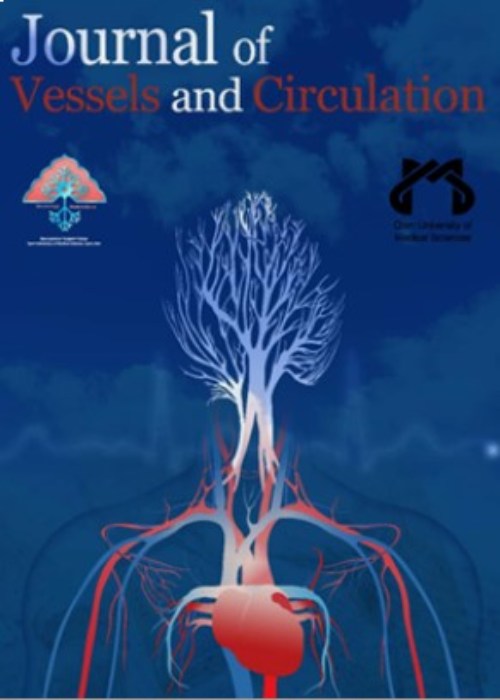Diagnosis of Upper Extremity Deep Vein Thrombosis: A Review
Upper extremity deep vein thrombosis (UEDVT) accounts for 1% to 4% of deep vein thrombosis (DVT) cases and can be associated with complications and mortality. This study aims to review the upper extremity DVT diagnosis methods and evaluate the sensitivity and specificity of commonly available diagnostic tests for upper extremity DVT that can be used to provide a combined diagnosis strategy.
Articles in this study, national databases, including Magiran, SID, and IranMedex, as well as international databases, including PubMed, Google Scholar, Scopus, and ISI databases, were searched for related books and articles. Keywords, including upper extremity deep vein thrombosis, thrombolysis, diagnosis, upper extremity deep vein thrombosis, thrombolysis, and diagnosis were searched and finally, 50 articles were reviewed.
The accuracy of the D-dimer test for the diagnosis of UEDVT was evaluated in two studies. The sensitivity and specificity of D-dimer with a cut-off value of 500 micrograms per liter are 100% (95% confidence interval [CI], 78% to 100%), 14% (95% CI, 4% to 29%), 92% (95% CI), 73% to 99%), and 60% (95% CI, 52% to 67%). Duplex ultrasound has become the first line of diagnosis. The combined sensitivity and specificity of different ultrasound methods were, respectively, 84% (95% CI, 72% to 97%) and 94% (95% CI, 86% to 100%) for non-compression doppler ultrasound, 97% (95% CI, 90 to 100%) and 96% (95% CI, 87 to 100%) for compression ultrasound, and 91% (95% CI, 85 to 97%) and 93% (95% CI, 80 to 100%) for compression doppler ultrasound.
UEDVT is an increasing clinical problem and requires accurate and rapid diagnosis to prevent complications. Clinical suspicion should be confirmed by diagnostic imaging methods, such as duplex ultrasound, computed tomography (CT) scan, or magnetic resonance imaging (MRI). A diagnostic strategy based on sequential evaluation of clinical factors and D-dimer test can avoid imaging in about a quarter of patients. Ultrasound is widely used as a first-line imaging test and, if inconclusive, may be followed by a second ultrasound, CT venography, or magnetic resonance imaging (MRI).
- حق عضویت دریافتی صرف حمایت از نشریات عضو و نگهداری، تکمیل و توسعه مگیران میشود.
- پرداخت حق اشتراک و دانلود مقالات اجازه بازنشر آن در سایر رسانههای چاپی و دیجیتال را به کاربر نمیدهد.


